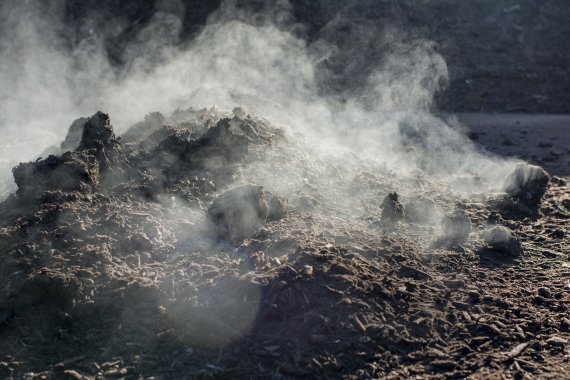© Shutterstock
The new protein is called ThermoCas9. ‘Thermo’ refers to the heat resistance and ‘Cas9’ to the bacterial protein that is now being used in the CRISPR-Cas technology, which enables pieces of DNA to be altered very precisely. ‘The new heat-resistant protein makes it possible to tinker with the DNA of thermophilic bacteria, which live at high temperatures,’ explains Microbiology professor John van der Oost. ‘This was really difficult before.’
More efficient
The new protein lets heat-resistant bacteria be modified for use in biotechnological processes such as the manufacture of bioplastics. Van Der Oost: ‘A lot of the bacteria used at present can’t cope with high temperatures. Because bacteria produce a lot of heat during growth, we have to cool the reactors. That won’t be necessary with heat-resistant bacteria.’
The new protein is more stable and better able to cope with tougher conditions
John van der Oost
The new protein can also be used in medicine, says Van Der Oost, for example in immunotherapy. ‘At the moment, the Cas9 protein of an ordinary bacterium is used to alter the immune cells such that they attack the cancer cells. The new protein is more stable and better able to cope with tougher conditions. It is also less easily destroyed and remains active for longer.’
Compost heap
The researchers at the Laboratory of Microbiology discovered the ThermoCas9 protein when they were looking in the compost heap for bacteria that can break down vegetable waste at higher temperatures. A lot of thermophilic bacteria are found naturally in compost heaps because temperatures can get up to 70 degrees Celsius.
Van der Oost is curious to see whether other heat-resistant bacteria might have even better proteins. ‘We are in contact with researchers who are collecting data on bacteria in the geysers of Yellowstone National Park in the US.’
Also read:
One century of Wageningen microbiology
Crispr-Cas has implications for patent law
Cutting and pasting genes

